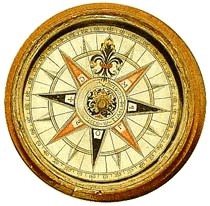UPDATE: IT ALL SHOULD WORK NOW. I EXTENDED THE FINISH DATE TILL MIDNIGHT, WEDNESDAY, DECEMBER 23.
GUYS, THERE'S A GLITCH - THAT'S WHY YOU CAN'T LOG ON. I'M WORKING ON IT. IT SHOULD BE ALL RIGHT IN THE AFTERNOON.
I'LL GIVE YOU TWO EXTRA DAYS TO COMPLETE THE QUIZ.
PLEASE GO HERE TO LOG IN AND TAKE THE QUIZ.
You will see such screen:
When you click on it, you'll see this menu:
Click "Take" and this page will open:
Click. Then read all the instructions REALLY CAREFULLY. Click START.
Remember to read instructions to each question. In some only ONE answer is correct. (You have to mark only one little circle).
Some questions require you to mark ALL answers which are correct (more than one) - you have to put ticks in little squares.
1. You have THREE attempts. If your computer crashes or you log out, you lose that attempt.
2. The quiz is active till Sunday 20th, midnight.
3. At the end you will be able to see a review of all your attempts. PRINT OUT the one with the highest score you got and bring it to the class.






